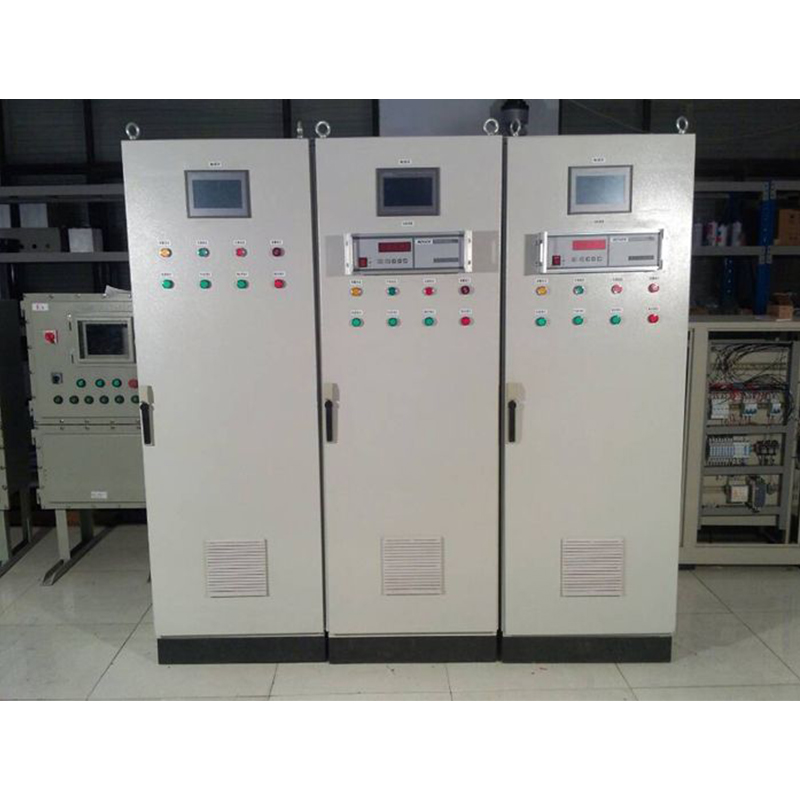
Nov . 19, 2024 15:52
Back to list
وعاء الضغط
Understanding Pressure Vessels Importance, Design, and Safety
Pressure vessels are containers designed to hold gases or liquids at a pressure substantially different from the ambient pressure. Commonly used in various industries, including oil and gas, chemical processing, and power generation, these structures play a crucial role in the safe and efficient storage and transport of substances. This article explores the significance of pressure vessels, their design features, and the safety measures necessary to ensure their integrity.
Importance of Pressure Vessels
The need for pressure vessels arises from industrial processes that require the storage and handling of fluids under pressure. For example, in the oil and gas sector, pressure vessels are essential for refining crude oil and storing natural gas. Similarly, in the chemical industry, they are used for reactions that occur at high temperatures and pressures, often involving corrosive substances.
The importance of pressure vessels cannot be overstated. They enable large-scale production and processing of energy resources and chemicals, which are vital for industrial growth and economic development. Furthermore, these vessels are essential in research and development, particularly in fields like aerospace, where high-pressure testing is required.
Design Considerations
The design of a pressure vessel is a complex process that must adhere to stringent engineering standards and regulations to ensure safety. Key design factors include the material selection, wall thickness, shape, and the type of pressure exerted (internal or external).
.
Wall Thickness The wall thickness of a pressure vessel is determined by the maximum allowable working pressure and the material used. Thicker walls can withstand higher pressures but may increase costs and weight. Engineers must strike a balance between safety, cost, and the intended use of the vessel.
وعاء الضغط

Shape The shape of a pressure vessel affects its strength and durability. Cylindrical shapes are commonly used due to their ability to evenly distribute stress. Spherical vessels, though less common, offer even better stress distribution and can withstand higher pressures.
Safety Measures
Ensuring the safety of pressure vessels is paramount, given the potentially hazardous nature of the substances they contain. Several safety measures are implemented during the design, manufacture, and operation stages.
Pressure Relief Valves One of the most critical safety features of a pressure vessel is the pressure relief valve (PRV). This device automatically releases excess pressure, reducing the risk of catastrophic failure. Regular maintenance and testing of PRVs are essential to ensure they function correctly.
Inspection and Maintenance Routine inspections and maintenance checks are vital to identify potential weaknesses or corrosion in pressure vessels. Non-destructive testing techniques, such as ultrasonic testing and radiography, are commonly used to assess the integrity of the vessel without compromising its structure.
Design Codes and Standards Pressure vessels must comply with various design codes and regulations, such as the ASME Boiler and Pressure Vessel Code in the United States. These codes ensure that vessels are designed, constructed, and tested to meet safety standards.
Operator Training Proper training for operators and personnel who handle pressure vessels is essential. Understanding the potential hazards and operational procedures can significantly reduce the risk of accidents.
Conclusion
In conclusion, pressure vessels are vital components in various industries, enabling the safe storage and transport of substances under pressure. Their design requires careful consideration of materials, wall thickness, and shape to ensure they can withstand the rigors of operation. Safety can never be compromised when dealing with high-pressure systems; therefore, implementing rigorous safety measures is essential to prevent failures and accidents. As industries continue to evolve, so too will the technologies and standards surrounding pressure vessels, ensuring they remain a cornerstone of industrial processes worldwide.
Next:
Latest news
-
Safety Valve Spring-Loaded Design Overpressure ProtectionNewsJul.25,2025
-
Precision Voltage Regulator AC5 Accuracy Grade PerformanceNewsJul.25,2025
-
Natural Gas Pressure Regulating Skid Industrial Pipeline ApplicationsNewsJul.25,2025
-
Natural Gas Filter Stainless Steel Mesh Element DesignNewsJul.25,2025
-
Gas Pressure Regulator Valve Direct-Acting Spring-Loaded DesignNewsJul.25,2025
-
Decompression Equipment Multi-Stage Heat Exchange System DesignNewsJul.25,2025

